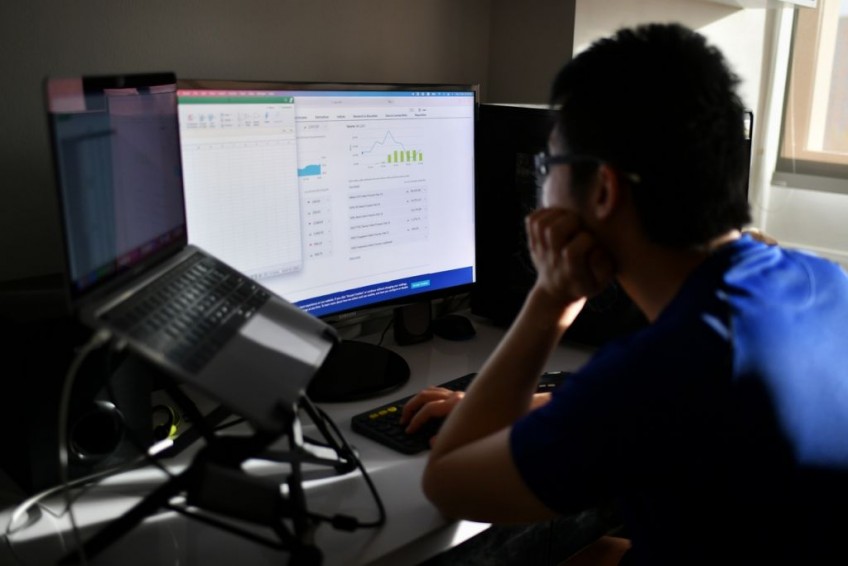Government encourages public servants to work 3 days in office, 2 days at home as Covid-19 rules eased


SINGAPORE - Singapore's largest employer, the Government, is encouraging public servants who can work from home to return to the office three out of five working days as a general guideline.
This follows an easing of Covid-19 measures announced last week, allowing up to three-quarters of a firm's employees who are able to work from home to return to the workplace at any one time, up from 50 per cent now.
The guideline, from April 5, is to shift towards a hybrid mode of work, instead of work from home by default, which has been in place for close to a year since last April.
The Public Service Division told The Sunday Times that officers whose agencies allow them to work from home for more than two days a week can continue to do so even after April 5.
Split-team arrangements are no longer mandatory for many public officers, but may be retained for critical areas requiring safeguards for business continuity, it said.
It will also encourage staggered hours and hybrid ways of working where possible, to reduce travel on public transport during peak hours.
There are about 153,000 public officers working in 16 ministries and more than 50 statutory boards.
Public transport ridership is expected to rise in tandem with the return of more workers to offices.
[[nid:523077]]
The Land Transport Authority (LTA) said overall public transport ridership during March 8 to 12 was about 74 per cent of pre-Covid-19 levels. Meanwhile, the number of MRT commuters tapping out at stations in the Central Business District during the morning peak is about 40 per cent of usual levels.
Train and bus frequencies were reduced during the circuit breaker in April last year, but returned to regular frequency when the circuit breaker ended in June.
LTA reiterated that commuters should refrain from talking and avoid taking public transport if they are unwell. It also urged employers to stagger working hours.
The private sector is expected to take a cue from the public service as it persuades employees, many of whom have become used to the convenience of working from home, to return to the workplace more.
The Singapore Business Federation (SBF) and the Association of Small and Medium Enterprises said that while greater flexibility for employees to divide their time between working at home and the office is to be encouraged, face-to-face interactions at work are also important. "Physical interactions remain important for building relationships and establishing trust and rapport," said Mr Lam Yi Young, SBF chief executive.
[[nid:503368]]
With Singapore having been able to rein in infections in the community, as well as the smooth roll-out of vaccines, with more than 799,000 people having received at least one dose, it is safe for more workers to return to the office, said Dr Ling Li Min, an infectious disease specialist from Rophi Clinic at Gleneagles Hospital.
"If we continue what we have been doing for the whole of the last year, I think we should be fine," added Dr Ling, highlighting mandatory use of masks, social distancing and the use of TraceTogether.
The Ministry of Manpower said enforcement of safe management measures will remain in place, with errant employers taken to task, including being asked to stop work.
Most of the 16 employers interviewed said they are looking to bring more workers back to the workplace, though flexible arrangements will remain. But a poll of close to 2,600 people by The Sunday Times found that three in four are reluctant to return to the office, even on a part-time basis.
Mr Alvin Goh, executive director at Singapore Human Resources Institute, said workers should return to the office if they are required to, but urged employers to be empathetic. "Employers should not resort to punitive measures as their only course of action."